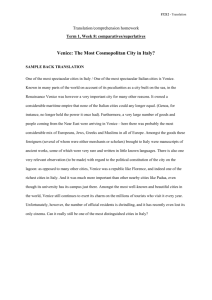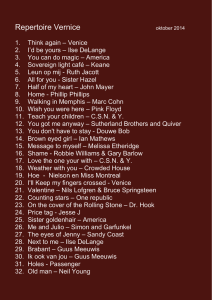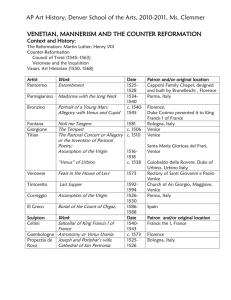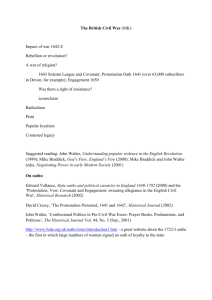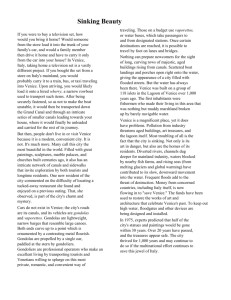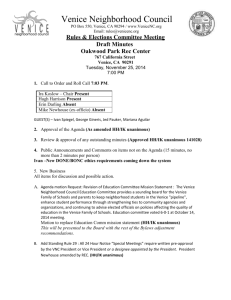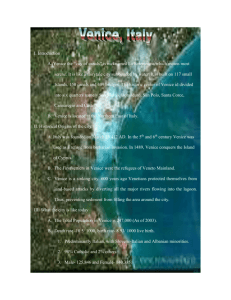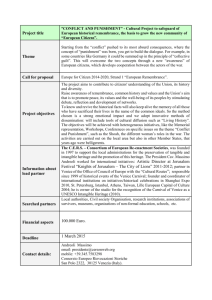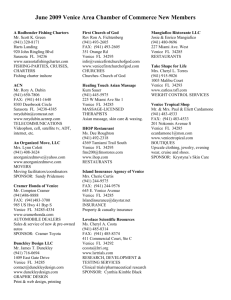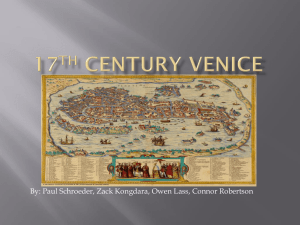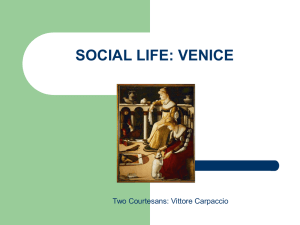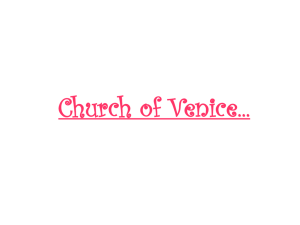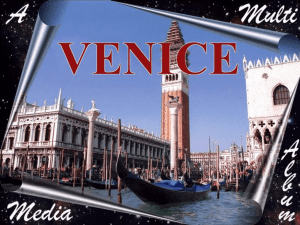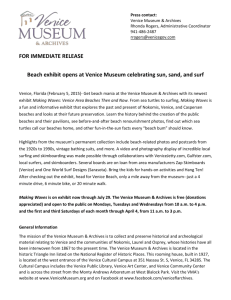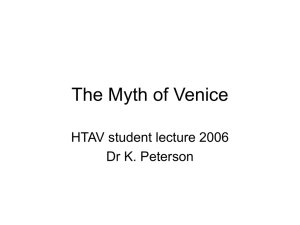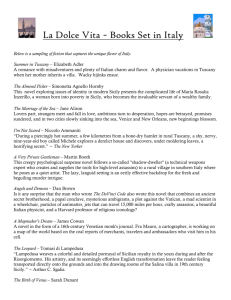The City of Venice:
advertisement
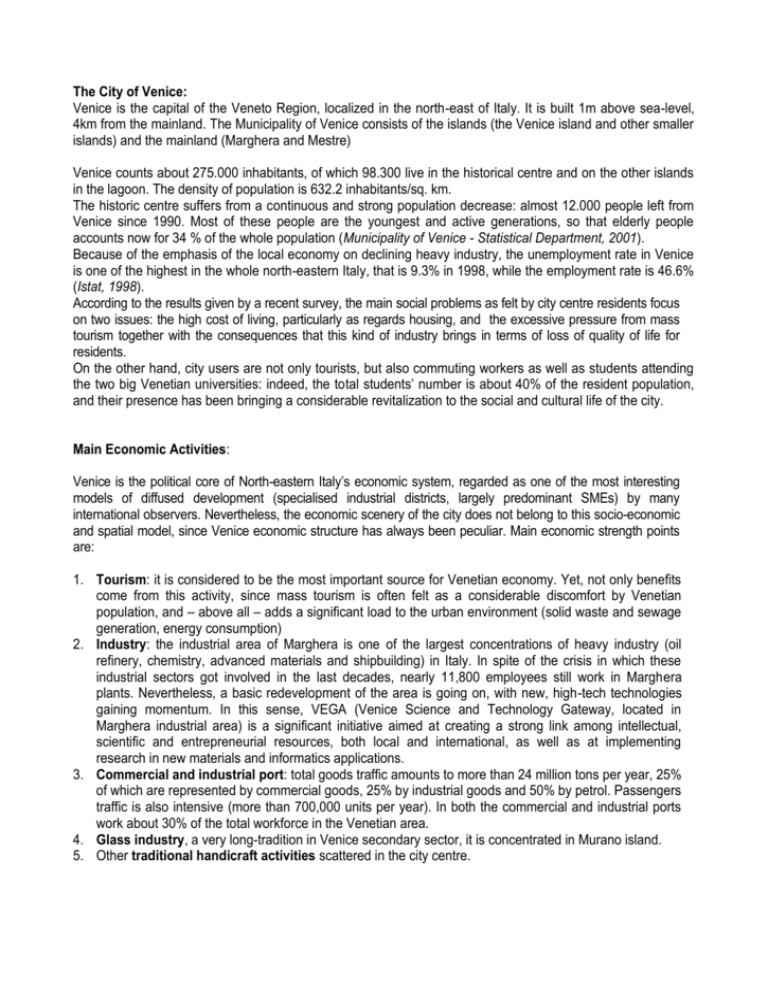
The City of Venice: Venice is the capital of the Veneto Region, localized in the north-east of Italy. It is built 1m above sea-level, 4km from the mainland. The Municipality of Venice consists of the islands (the Venice island and other smaller islands) and the mainland (Marghera and Mestre) Venice counts about 275.000 inhabitants, of which 98.300 live in the historical centre and on the other islands in the lagoon. The density of population is 632.2 inhabitants/sq. km. The historic centre suffers from a continuous and strong population decrease: almost 12.000 people left from Venice since 1990. Most of these people are the youngest and active generations, so that elderly people accounts now for 34 % of the whole population (Municipality of Venice - Statistical Department, 2001). Because of the emphasis of the local economy on declining heavy industry, the unemployment rate in Venice is one of the highest in the whole north-eastern Italy, that is 9.3% in 1998, while the employment rate is 46.6% (Istat, 1998). According to the results given by a recent survey, the main social problems as felt by city centre residents focus on two issues: the high cost of living, particularly as regards housing, and the excessive pressure from mass tourism together with the consequences that this kind of industry brings in terms of loss of quality of life for residents. On the other hand, city users are not only tourists, but also commuting workers as well as students attending the two big Venetian universities: indeed, the total students’ number is about 40% of the resident population, and their presence has been bringing a considerable revitalization to the social and cultural life of the city. Main Economic Activities: Venice is the political core of North-eastern Italy’s economic system, regarded as one of the most interesting models of diffused development (specialised industrial districts, largely predominant SMEs) by many international observers. Nevertheless, the economic scenery of the city does not belong to this socio-economic and spatial model, since Venice economic structure has always been peculiar. Main economic strength points are: 1. Tourism: it is considered to be the most important source for Venetian economy. Yet, not only benefits come from this activity, since mass tourism is often felt as a considerable discomfort by Venetian population, and – above all – adds a significant load to the urban environment (solid waste and sewage generation, energy consumption) 2. Industry: the industrial area of Marghera is one of the largest concentrations of heavy industry (oil refinery, chemistry, advanced materials and shipbuilding) in Italy. In spite of the crisis in which these industrial sectors got involved in the last decades, nearly 11,800 employees still work in Marghera plants. Nevertheless, a basic redevelopment of the area is going on, with new, high-tech technologies gaining momentum. In this sense, VEGA (Venice Science and Technology Gateway, located in Marghera industrial area) is a significant initiative aimed at creating a strong link among intellectual, scientific and entrepreneurial resources, both local and international, as well as at implementing research in new materials and informatics applications. 3. Commercial and industrial port: total goods traffic amounts to more than 24 million tons per year, 25% of which are represented by commercial goods, 25% by industrial goods and 50% by petrol. Passengers traffic is also intensive (more than 700,000 units per year). In both the commercial and industrial ports work about 30% of the total workforce in the Venetian area. 4. Glass industry, a very long-tradition in Venice secondary sector, it is concentrated in Murano island. 5. Other traditional handicraft activities scattered in the city centre.
